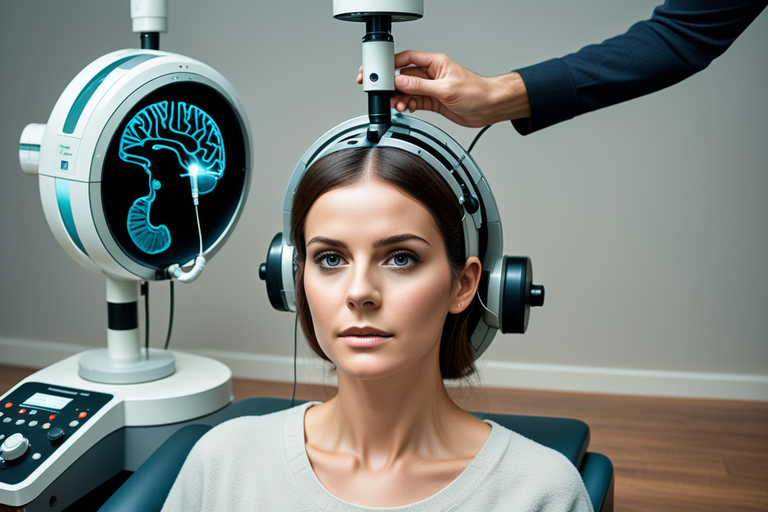Transcranial Magnetic Stimulation (TMS) Therapy is a subject of ongoing scientific interest. This non-invasive form of brain stimulation has shown great promise in treating a broad range of neurological and psychiatric disorders. TMS works by directly stimulating specific regions of the brain using magnetic pulses, disrupting abnormal neural connections and encouraging new healthy ones to form.
Understanding the Procedure: How Transcranial Magnetic Stimulation Works
The TMS procedure relies on the electromagnetic induction principle to deliver painless magnetic pulses to specific areas of the brain. A coil placed against the patient’s scalp produces a rapidly changing magnetic field; this magnetic field, in turn, induces an electrical current within the brain, stimulating neural activity. Due to the strategic placement of the coil, only targeted areas of the brain are stimulated, while other regions are left undisturbed.
The Wide Ranging Benefits Of Transcranial Magnetic Stimulation Therapy
TMS therapy carries multiple benefits. Among these are considerable improvements in conditions such as depression, anxiety, PTSD, OCD, and various neurological disorders. Unlike traditional treatment methods – drug therapy and electroconvulsive therapy – TMS does not involve anesthesia or sedation and bears no systemic side effects. TMS therapies can be personalized per patient, leading to better symptom management, and the possibility of permanent recovery.
Potential Side Effects and Considerations in Transcranial Magnetic Stimulation Therapy
Though TMS therapy is generally safe, like with any medical procedure, it does carry some potential side effects. The list includes headaches, lightheadedness, scalp discomfort, and unusual tingling or twitching of facial muscles. These are usually temporary and resolve shortly after treatment. Severe side effects such as seizures or mania (if you have bipolar disorder) are rare. It’s also worth noting that TMS is not for everyone; individuals with metal or stimulant implants, such as pacemakers, should avoid TMS.
Exploring Real-life Case Studies: Success Stories of Transcranial Magnetic Stimulation Therapy
Several patients worldwide have found success with TMS therapy. Consider the example of Jane, a middle-aged woman diagnosed with treatment-resistant depression. After failing to respond to multiple antidepressants, Jane turned to TMS. After one course of TMS, Jane reported an 80% reduction in her depression symptoms. Stories like Jane’s underscore TMS’s transformative potential and its efficacy as a legitimate alternative for those who have not responded to traditional treatments.




